Black holes are much older than many objects in the universe, and their numbers are also vast. Their origins and formations tell us about the past and future of the universe. If Stephen Hawking could see the advancements in black hole research in today’s scientific field, he would be thrilled. His dreams and vision were not only to understand the overall functions of black holes but also to make practical observations of them.
After all, Hawking not only redefined previous hypotheses about black holes but also provided a certain foundation for the initial pure speculations surrounding them. Based on Hawking’s research, physicists today have achieved a series of significant advancements. The very term “black hole” can trigger a range of associations in your mind, leading you to think of it as a deadly celestial object that could bring potential disasters. However, we still have yet to fully appreciate the true beauty and power of black holes.
What is a Black Hole?
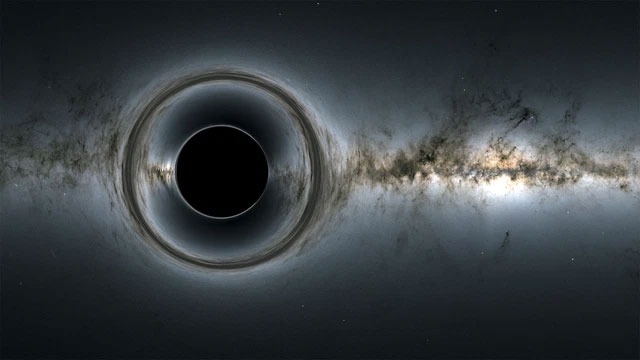
We cannot see black holes directly.
A black hole typically refers to a region in space where the gravitational pull is so strong that matter, radiation, or even light cannot escape from within it. Because of this, we cannot see them directly.
The most common cause of black hole formation is the death of stars. Therefore, even though we cannot see black holes, we can use very advanced telescopes to observe the structure and behavior of stars near black holes. As these stars approach a black hole, they will exhibit unusual fluctuations.
Components of a Black Hole
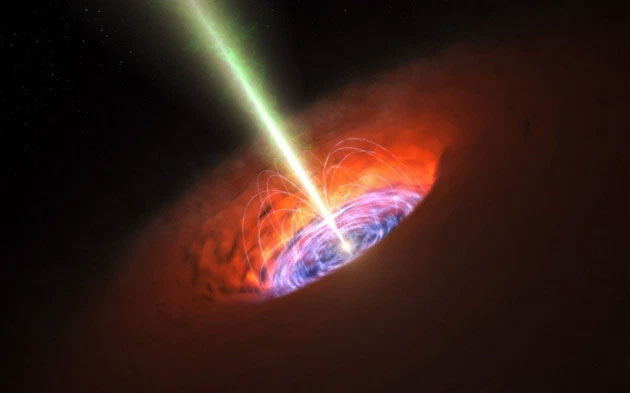
The event horizon of a black hole and the surrounding accretion disk.
First, we need to understand what an “event horizon” is. This is a curved boundary between time and space, and it can also be considered the boundary of a black hole. The event horizon of a rotating black hole is divided into an outer and an inner event horizon; a non-rotating black hole, known as a Schwarzschild black hole, has coinciding inner and outer event horizons. Once something crosses the event horizon, the black hole can effectively convert the mass of the infalling material into energy. The concept of the event horizon was first proposed by the English natural philosopher John Michell in the 18th century and was later defined as a specific term by Wolfgang Lindler.
Another intriguing concept about black holes is the “singularity”, which is the point where all the mass of the black hole is concentrated in space and time. At this point, matter is compressed into very small points with extremely high density and a strong inward gravitational pull. According to general relativity, as long as a non-rotating Schwarzschild black hole is formed, the matter within its event horizon will inevitably collapse under the influence of gravity, resulting in a point of infinite density, known as a singularity.
How Are Black Holes Formed? How Large Can They Be?
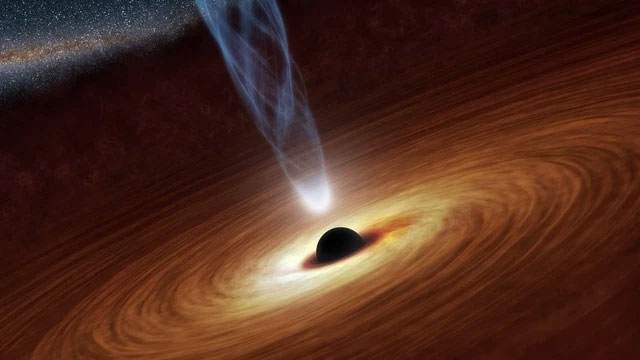
Black holes are formed when the cores of massive stars collapse.
While most scientists believe that the first black holes appeared as the universe began to expand, later black holes formed when the cores of massive stars collapsed. However, supermassive black holes are thought to have formed simultaneously with their galaxies.
Most black holes (if not all) share a common trait, which is the path they take after the death of their parent star. When a star’s energy is depleted, the first process that occurs is the conversion of hydrogen into helium, and once hydrogen runs out, helium continues to burn and transform into heavier elements. Due to the large mass of the star’s core, the collapse process can proceed continuously, ultimately forming a black hole.
Some black holes (mini black holes) can be as small as an atom, while others can be so massive that they can consume an entire galaxy in one go and can gather about 1 million stars together.
How Do We Locate Black Holes?

A visual representation of the singularity of a black hole.
This question may initially sound absurd; some might say, if light cannot escape from a black hole, how can we locate it? However, by closely observing the characteristics of black holes, scientists have several ways to accurately pinpoint them from a distance.
- The first method is to pay attention to the gravitational effects of black holes. Any black hole will cause nearby entities to approach it and orbit around it, eventually falling inside. While this method may seem simple, it actually relies heavily on chance. Many other phenomena can have similar effects on stars and planets, so this is merely an experimental method.
- The second method involves searching for potential X-ray signals. When matter falls into a black hole, it accumulates into a dense ring structure right at the event horizon. In some cases, extremely high energy will be converted into radiation and released, allowing these massive objects to be detected in the universe.
How Many Black Holes Are There in the Universe?
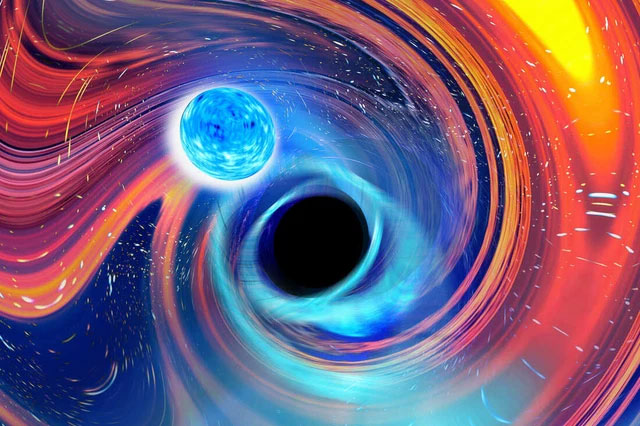
There are approximately 100 trillion observable black holes in the universe.
The density of a black hole will vary with changes in spatial characteristics, such as the type of galaxy and the types of stars found within it, etc. To estimate the number of black holes in a galaxy, we need to conduct deep observations of dust and gas formation. The behavior of two adjacent black holes is largely influenced by each other’s gravitational pull, thus limiting the distance between them.
Scientists estimate that there are about 100 trillion observable black holes in the universe within the range we can perceive. This number may seem large, but in reality, only about 100 to 200 black holes have been accurately located.
For example, scientists have discovered the existence of supermassive black holes and quasars such as 1ES 2344 + 514 and Fornax A; HLX-1 is currently known as the brightest ultra-luminous X-ray source and is regarded as a medium-mass black hole; additionally, scientists have also found stellar black holes such as GX 339-4/V821 Ara.
Moreover, researchers have proposed the concept of black hole systems, referring to the existence of more than one black hole within a certain range. These systems possess unique properties, which may be derived from the largest black hole in the system or be a synthesis of all the properties of the black holes.
How Do We Estimate the Number of Black Holes?
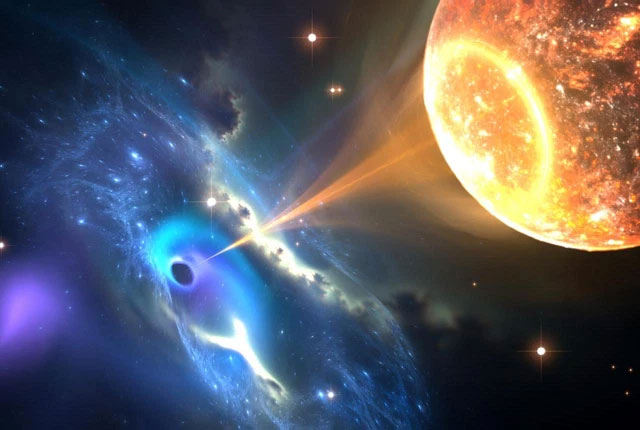
Understanding the mysteries of black holes may take many generations of research.
To estimate the approximate number of black holes in the universe, the first step is to divide areas based on certain characteristics (such as proximity to a galaxy or star). By observing the same set of properties and applying them to different points within the same area, an average number of black holes can be estimated, with a possible error margin of 10 to 20 black holes.
The next step is to seek similarities between various key regions and classify black holes into supernovae, quasars, etc. Since each type of black hole entity will have very different characteristics, many similar black hole entities can be found within a certain range.
Research on black holes continues to expand. To fully understand the mysteries of black holes, it may take many generations of research. This is a challenging adventure, but it could reveal much more about the future and past of the universe. Perhaps only time will tell whether the scenes depicted in science fiction works are true or not.


















































